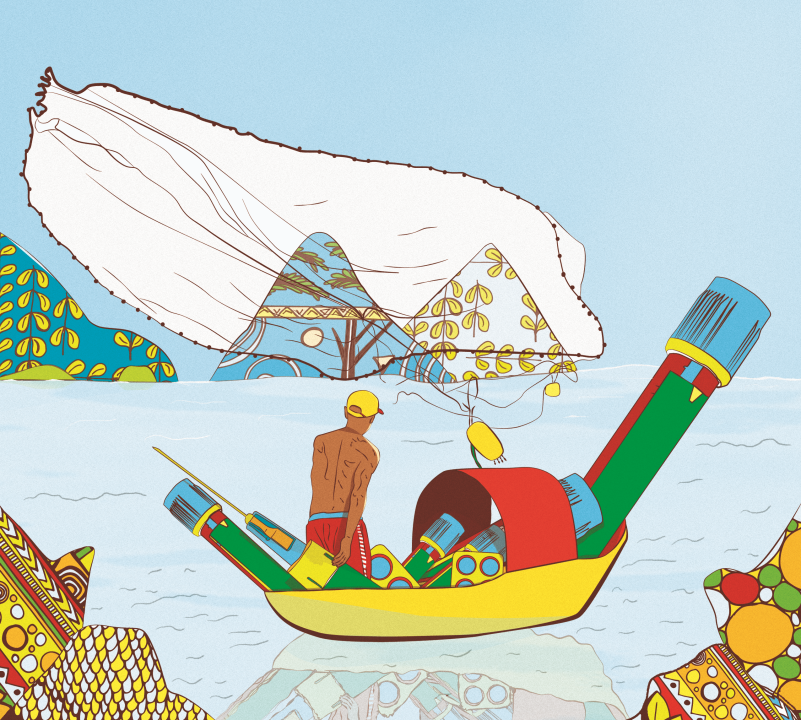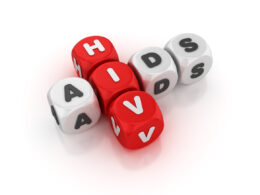health transformation institute (HTI)
research institute & knowledge portal
Joaquim Cardoso MSc*
Founder, and Chief Researcher & Editor
December 1, 2022
MSc* from London Business School
MIT Sloan Masters Program
Senior Advisor for Health Transformation & Digital Health
World AIDS Day: the tools exist but work remains

Linkedin
The Lancet
Peter Hayward, Editor-in-Chief of The Lancet HIV.
December 1, 2022
In 2022, the world is better equipped than ever to achieve the goal of ending HIV as a public health threat and to end AIDS within a decade.
Globally, rates of treatment are higher than ever, with greater access to modern antiretroviral drugs allowing people with HIV to live healthy lives.
New prevention modalities-oral pre-exposure prophylaxis (PrEP), injectable PrEP, microbicidal vaginal rings-should mean that people who are at risk of HIV can choose a method that suits their needs.
New approaches to service delivery mean that some countries in very different settings, such as Botswana and the UK, are hitting key milestones on the path to achieving ambitious targets of status awareness, treatment, and control of the virus.
But, and this is a big but, recent years have seen the HIV epidemic begin to grow in several regions, including the Middle East and North Africa, Russia and central Asia, and West and Central Africa.
Marginalised populations have limited access to care, such that in settings where same-sex behaviour is criminalised, men who have sex with men are at far greater risk of HIV than where same-sex behaviour is accepted.
Transgender people remain disproportionately affected the world over. Drug users, frequently criminalised and excluded from health care, are at great risk of adverse health outcomes, including HIV infection and illness.
The COVID-19 pandemic is, in no small part, to blame for the precarious position at which the global response to HIV sits in 2022-the pandemic diverted attention and resources from HIV and has disrupted services.
Rates of violence against women and girls have increased during the pandemic, and in countries in sub-Saharan Africa where the burden of HIV remains highest, this will increase the risk of HIV for this population.
The irony of the disruption to HIV services and progress caused by the COVID-19 pandemic is that much of the science and many of the systems used to tackle the new disease so swiftly were developed to tackle the older, ongoing HIV pandemic.
Indeed, the HIV response has helped to create much of the global health and aid infrastructure, but now the seriousness and scale of the HIV pandemic is in danger of being forgotten.
On World AIDS Day in 2022,
- we remember the lives lost to HIV, not only in terms of tens of millions, but as individuals, each with a story cut short;
- we reflect on the people living with HIV today and the inequalities that exclude many people from access to prevention and care;
- and we must raise our voices to remind decision makers, policy makers, and our wider communities that HIV is not over and that without renewed commitment, focus, and collaboration across health-care and society the gains made against HIV are in jeopardy.
Originally published at https://www.linkedin.com.
Written by Peter Hayward, Editor-in-Chief of The Lancet HIV.












